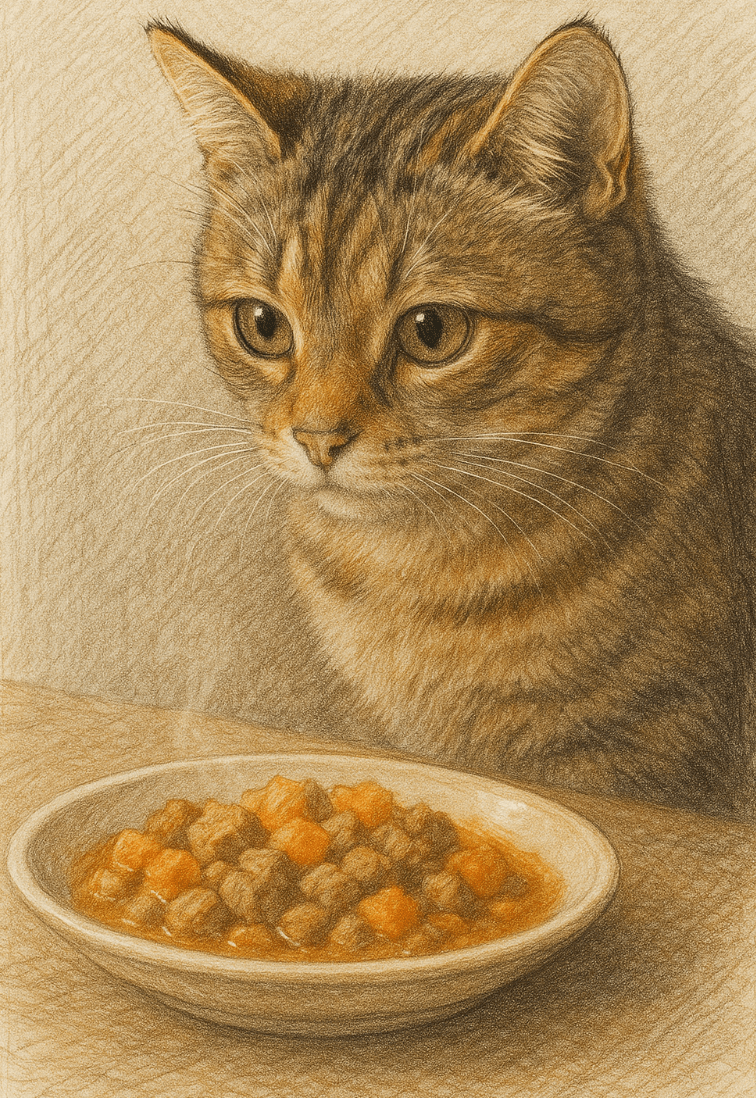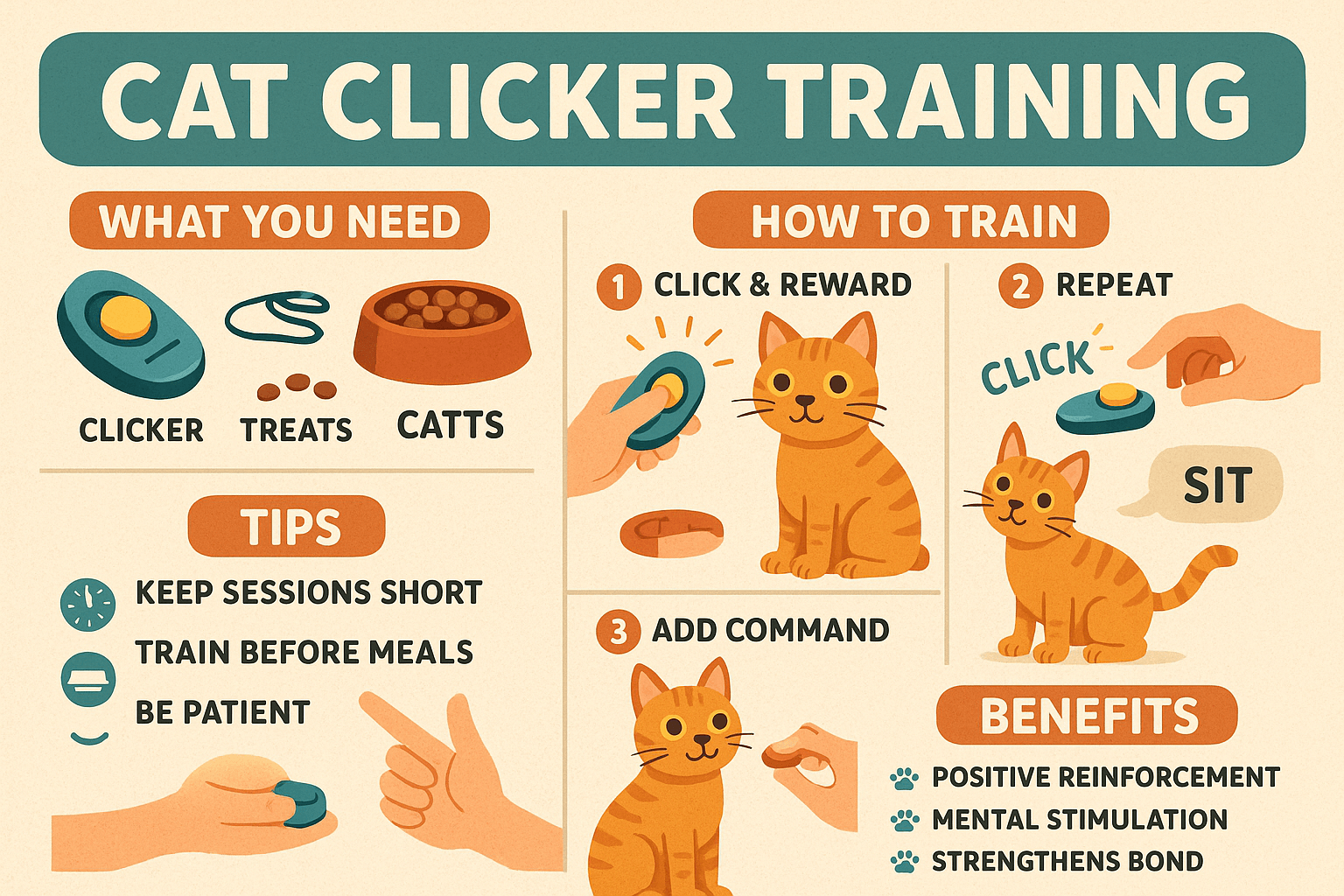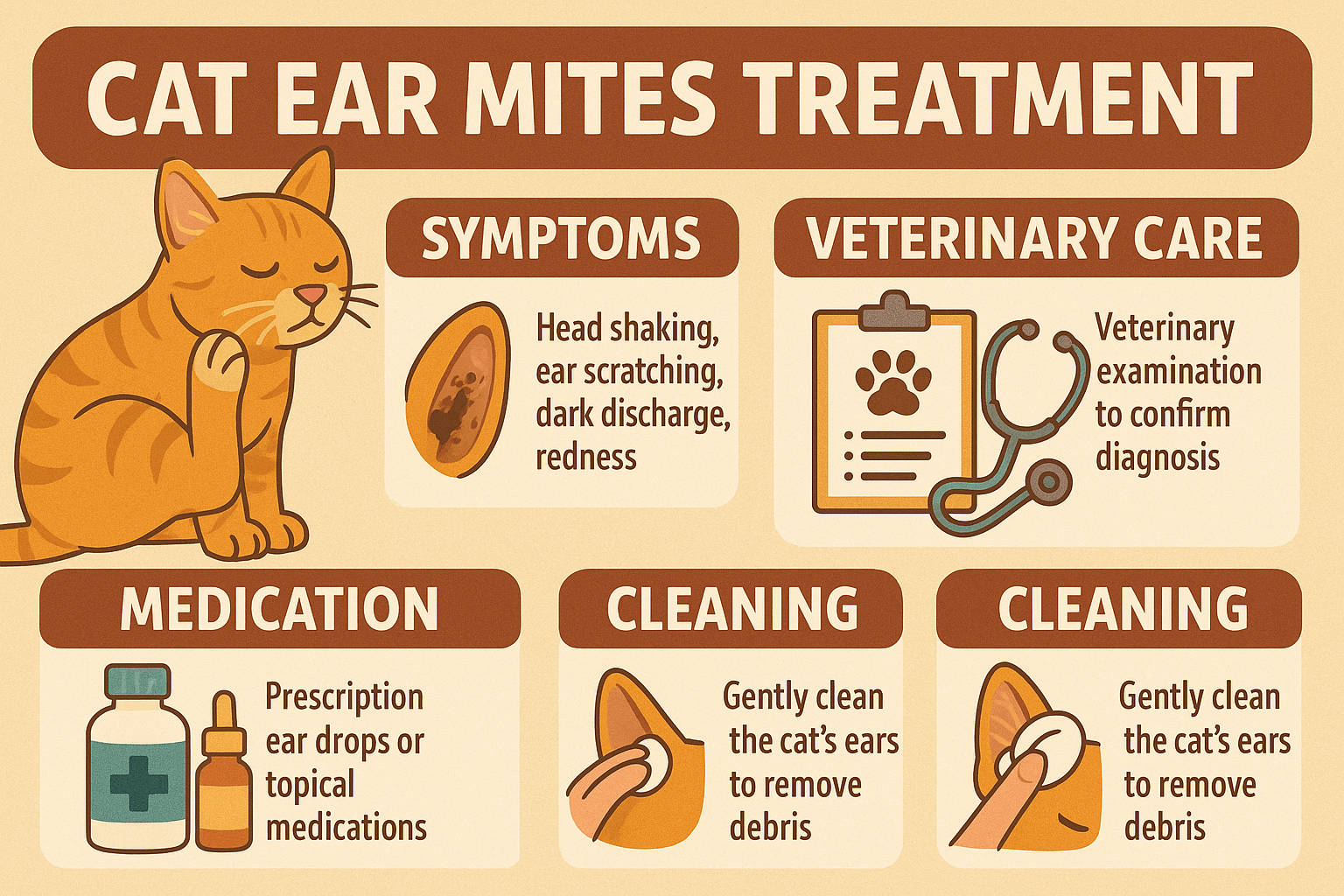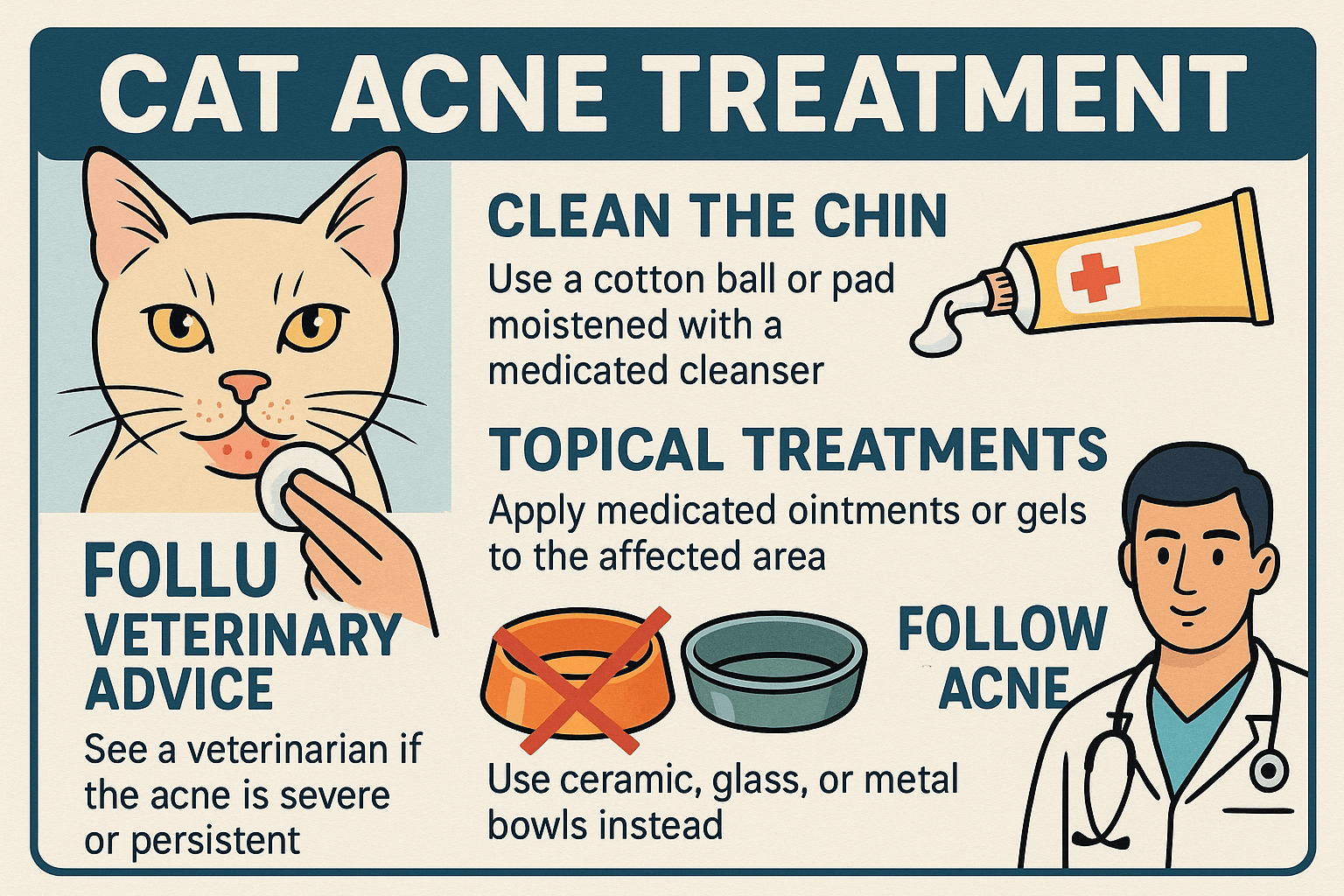Can Cats Eat Warm Food?
When it comes to feeding our feline friends, many cat owners wonder whether warm food is safe or beneficial for their pets. Cats are known for their unique preferences and dietary needs, so understanding how temperature affects their meals is essential. While some cats seem to enjoy the aroma and texture of warm food, others may not show much interest. In this blog post, we’ll explore whether cats can eat warm food, the potential benefits and risks, and tips for safely incorporating warmth into their diet. Whether you’re a new cat owner or a seasoned pet parent, this guide will help you make informed decisions about your cat’s nutrition.
Benefits of Serving Warm Food to Cats
Serving warm food to your cat can have several advantages, particularly when it comes to enticing picky eaters or encouraging healthy eating habits. Here are some benefits to consider:
Enhanced Aroma:
Warming food releases its natural scents, making it more appealing to cats, who rely heavily on smell to determine what they want to eat.Improved Palatability:
Warm food often has a softer texture, which can be easier for cats to chew and digest, especially for older cats or those with dental issues.Increased Appetite:
Cats recovering from illness or surgery may benefit from warm food, as it can stimulate their appetite and encourage them to eat.Mimics Prey Temperature:
In the wild, cats consume prey that is close to body temperature, so warm food can feel more natural to them.Encourages Hydration:
Adding warm water to dry kibble or wet food can increase moisture content, helping cats stay hydrated.
While these benefits are appealing, it’s important to ensure that warm food is served safely to avoid any potential risks.
Potential Risks of Feeding Warm Food to Cats
While warm food can be beneficial, there are some risks to be mindful of to ensure your cat’s safety and well-being.
Burn Risk:
Food that is too hot can burn your cat’s mouth or throat, causing pain and discomfort. Always test the temperature before serving.Nutrient Degradation:
Overheating certain foods, especially homemade meals, can destroy essential nutrients, reducing the nutritional value of the meal.Dependency on Warmth:
If cats become accustomed to warm food, they may refuse to eat room-temperature or cold meals, leading to picky eating habits.Bacterial Growth:
Improperly stored or reheated food can harbor harmful bacteria, posing health risks if not handled correctly.Digestive Upset:
Sudden changes in food temperature can upset a cat’s sensitive digestive system, leading to vomiting or diarrhea in some cases.
By being aware of these risks, you can take steps to minimize potential problems and ensure your cat enjoys their meals safely.
Check this guide 👉Can Cats Eat Rambutan? Best 7 Expert Tips!
Check this guide 👉Can Cats Eat Tamarind? Best 7 Expert Tips!
Check this guide 👉Can Cats Eat Dumplings? Best 7 Expert Tips!

Safe Practices for Warming Cat Food | Risks to Avoid When Warming Cat Food |
|---|---|
Warm food to a lukewarm temperature | Avoid overheating food beyond 104°F (40°C) |
Use a microwave-safe dish | Never microwave directly in plastic containers |
Stir food thoroughly to distribute heat evenly | Don’t serve food straight from the fridge without warming |
Add warm water to dry kibble for moisture | Avoid using seasoning or spices when warming food |
Test temperature with your finger before serving | Don’t reheat leftovers multiple times to prevent bacterial growth |
How to Safely Warm Your Cat’s Food
If you decide to warm your cat’s food, following proper techniques is crucial to ensure their safety and satisfaction. Here are some tips to guide you:
Use Low Heat:
Warm food gently using low heat settings to avoid overheating or burning.Microwave Carefully:
Microwave food in short intervals (5-10 seconds) and stir frequently to prevent hot spots.Check the Temperature:
Always test the food’s temperature with your finger or a thermometer to ensure it’s lukewarm, not hot.Avoid Direct Heating:
Never place food directly on a stovetop or in boiling water, as this can overcook or spoil it.Serve Immediately:
Once warmed, serve the food right away to maintain freshness and prevent bacterial contamination.
By following these steps, you can safely incorporate warm food into your cat’s diet while minimizing risks.
Signs Your Cat Enjoys Warm Food
Not all cats are fans of warm food, but some may display noticeable signs of enjoyment when offered a heated meal. Look out for these behaviors:
Increased Interest in Food:
Cats that sniff or circle their bowl eagerly are likely intrigued by the enhanced aroma of warm food.Faster Eating Habits:
A cat that eats more quickly than usual may be enjoying the texture and flavor of the warmed meal.Purring or Kneading:
These behaviors often indicate contentment and satisfaction with their food.Licking the Bowl Clean:
If your cat finishes every bite and licks the bowl, it’s a good sign they approve of the meal.Seeking More Food:
Cats that meow or paw at their bowl after finishing may be asking for more warm food.
These signs can help you gauge whether your cat prefers warm food or if they’re indifferent to it.
Common Mistakes to Avoid When Warming Cat Food
Even well-intentioned pet owners can make mistakes when warming their cat’s food. Avoiding these pitfalls ensures a safer and more satisfying experience for your pet.
Overheating the Food:
Excessively hot food can burn your cat’s mouth or throat, so always aim for lukewarm temperatures.Using Unsafe Containers:
Microwaving food in plastic or non-microwave-safe dishes can release harmful chemicals into the food.Skipping the Stirring Step:
Uneven heating can lead to hot spots that may burn your cat, so always stir food thoroughly.Reheating Leftovers Repeatedly:
Repeatedly reheating food increases the risk of bacterial contamination and nutrient loss.Adding Spices or Seasonings:
Cats have sensitive digestive systems, and spices can irritate their stomachs or even be toxic.
Avoiding these mistakes helps ensure your cat’s mealtime remains safe and enjoyable.
Alternative Ways to Make Food More Appealing to Cats
If your cat doesn’t respond well to warm food, there are other ways to make their meals more enticing. Here are some alternatives to try:
Add Water or Broth:
Mixing water or unsalted chicken broth into dry kibble can enhance flavor and moisture content.Experiment with Texture:
Some cats prefer chunkier textures, while others like pate-style food; try different options to see what they like.Rotate Protein Sources:
Offering a variety of proteins, such as chicken, fish, or beef, can keep meals interesting and appealing.Use Toppers or Mix-Ins:
Adding freeze-dried meat or fish flakes can boost flavor and entice picky eaters.Serve in a New Bowl:
Sometimes a change in presentation, like using a shallow dish, can make food more appealing.
These strategies can help encourage your cat to eat, even if warm food isn’t their preference.
Understanding Your Cat’s Individual Preferences
Every cat has unique tastes and preferences when it comes to food. Understanding what drives these preferences can help you tailor their meals effectively.
Temperature Sensitivity:
Some cats prefer room-temperature food, while others enjoy slightly warmed meals; observe their reactions to find what works best.Texture Preferences:
Cats may favor soft, moist food over dry kibble, or vice versa, depending on their age and dental health.Aroma Appeal:
Strong-smelling foods, such as fish-based recipes, may attract cats more than bland options.Routine and Consistency:
Cats thrive on routine, so sudden changes in food type or temperature may cause hesitation or refusal to eat.Health Considerations:
Older cats or those with medical conditions may require specific dietary adjustments, including warmer or softer food.
By paying attention to these factors, you can create a meal plan that suits your cat’s individual needs and preferences.
Frequently Asked Questions About Cats and Warm Food
Is warm food better for my cat’s digestion?
Warm food can mimic the temperature of prey, making it easier for some cats to digest, but it’s not necessary for all cats.
Can I warm dry kibble for my cat?
Yes, you can add warm water to dry kibble to soften it and enhance its aroma, but avoid overheating.
What temperature is safe for my cat’s food?
Aim for a lukewarm temperature, around 98°F–104°F (37°C–40°C), to prevent burns or discomfort.
Should I warm canned cat food?
Warming canned food slightly can make it more appealing, but always check the temperature first.
Can warm food help a sick cat eat more?
Yes, warm food can stimulate appetite in sick or recovering cats due to its enhanced aroma and softer texture.
Finding the Right Balance for Your Cat’s Diet
Feeding warm food to your cat can be a wonderful way to enhance their dining experience, especially if they’re picky eaters or recovering from illness. However, it’s important to approach this practice with care, ensuring the food is safe and nutritious. By understanding your cat’s preferences and monitoring their response to warm meals, you can tailor their diet to suit their needs. Remember, every cat is unique—what works for one may not work for another. With patience and attention to detail, you can create enjoyable and healthy mealtime experiences for your feline companion.
Cat Clicker Training: Best 7 Expert Tips! Discover how to train your cat using clicker techniques, improve behavior, and strengthen your bond with simple, effective strategies.
Lorem ipsum dolor sit amet, consectetur adipiscing elit. Ut elit tellus, luctus nec ullamcorper mattis, pulvinar dapibus leo.
Cat Ear Mites Treatment: Best 7 Expert Tips! Discover effective solutions to treat and prevent ear mites in cats, ensuring your pet's comfort and health with expert advice.
Cat Acne Treatment: Best 7 Expert Tips! Discover effective remedies, prevention strategies, and expert advice to treat and manage feline acne for a healthier, happier cat.




